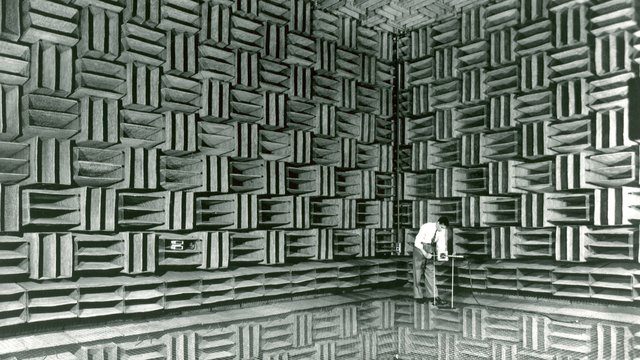26th October 2024
by Matthew McConway
0 comments
Hierarchy of the senses?
‘The Hierarchy of the senses was not the same [as on the twentieth c.] because the eye which rules today, found itself in third place, behind hearing and touch, and far after them. The eye that organises, classifies and orders was not the favoured organ of the time.’
Pallasmaa- The eye of the skin pg 28
‘The gradually growing hegemony of the eye seems to be parallel with the development of Western ego-consciousness and the gradually increasing separation of the self and the world’
‘Vision separates us from the world whereas the other senses unite us with it’- ** Use of headphones navigating an urban environment.
Pg.43
‘I experience myself on the city, and the city exists through my embodied experience. The city and my body supplement and define eachother. I dwell on the city and the city dwells on me’
‘Our bodies and movements are on constant interaction with the environment, the world and the self inform and redefine eachother constantly. The percept of the body and the image of the world turn into one single continuous existential experience, there is no body separate from its domicile in space, and there is no space unrelated to the coconscious image of the perceiving self’
Pg. 45
‘The psychologist James J Gibson regards the senses of aggressively seeking mechanistic rather than mere passive XXX’
Link this to health effects of noise pollution?
ARCHITECTURE OF HEARING AND SMELL
ACCOUSTIC INTAMACY
Pg. 53
‘Sight isolates, whereas sound incorporates, vision is directional whereas sound is omni-directional’
‘The sense of sight implies exteriority, but sound creates an experience of interiority.’
‘I regards an object, but sound approaches me; the eye reaches, but the ear receives’
‘Buildings do not react to our gaze, but they do return sound back to our ears’
Acknowledge the soundscape of an environment and how and ‘aural architecture exist regardless of why they are intentionally designed
How do we perceive the urban environment?
Historic/Cultural values
How can sound make us feel?
Matching of visual and sonic
Contradicting sonic and visual elements, the response can conflict the intentions of use.
Explain with the shrinking of the ‘acoustic arena’ therefore ‘shrinking the distance of social interaction’
The Eyes Of The Skin
“One can also recall the acoustic harshness of an uninhabited and unfurnished house as compared with the affability of a lived in home, in which sound is refracted and softened by numerous surfaces and objects of personal life” p.54
Life makes a space warm and soft, over time our possessions shape the sound of our space unintentionally. The sound of comfort and familiarity is not harsh to our ears. By designing an object with the intent of adding to the aural comfort of the space, a multifunctional object, soil for sentiment and comfort.
Invitation, hospitality not hostility.
“A powerful architectural experience silences all external noise; it focuses our attention on our very existence, and as with all art, it makes us aware of our fundamental solitude.” p.55

